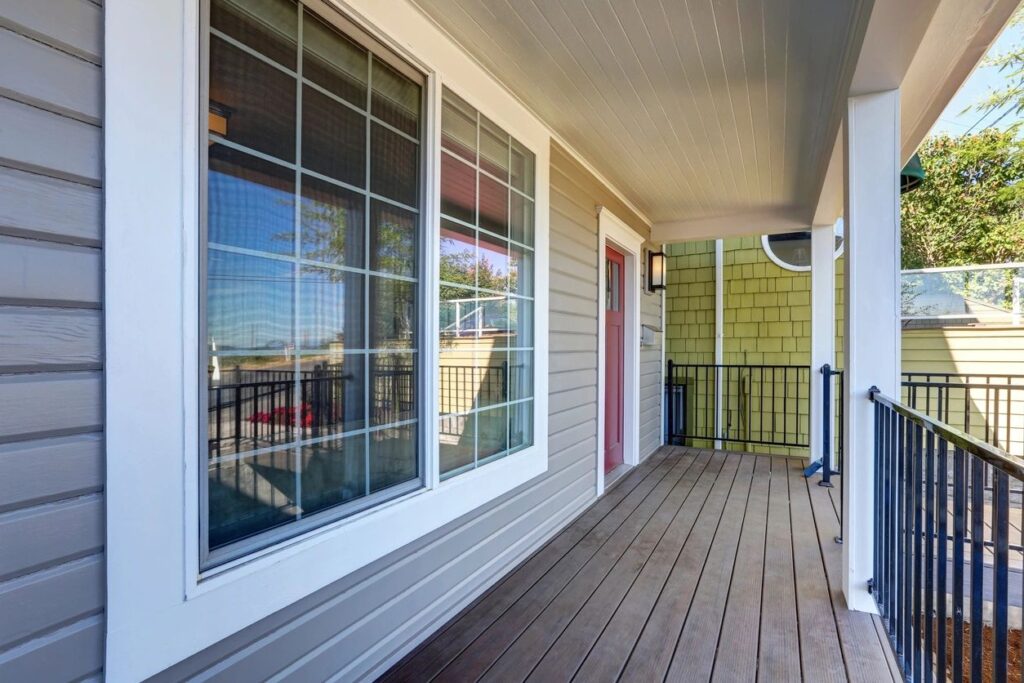Have you noticed your home insurance costs increasing over the last few years? If so, you’re not alone. Insurance companies have been increasing premiums with some leaving homeowners out to dry. Let’s learn what is driving this and the impact on the housing market.
The real estate market is a dynamic landscape, influenced by many factors ranging from economic conditions to government policies. Recently, a notable factor affecting both homeowners and investors has been the upward trend in property insurance premiums. As the cost of insurance continues to rise, it’s essential to explore the potential implications on the real estate market for buyers and investors.
Traditional property insurance companies want to take less risk and increase their profitability. This is called their risk-adjusted return. This means, if you live in a region which has exposure to natural disasters such as hurricanes, floods, and wildfires, you have probably experienced an increase in your property insurance premiums. In some cases, the impact to homeowners is significant. Extreme weather and the losses associated with it are scaring insurance companies out of some markets all together. Some well known insurers will no longer insure properties in high risk states such as Florida and California. This situation affects existing homeowners, buyers, sellers, flippers, and long-term investors. Let’s explore the implications to the real estate market.
The immediate impact of rising insurance premiums is the challenge it poses to housing affordability. Increased insurance costs can add a significant financial burden to homeowners, affecting their ability to afford or sustain homeownership. This, in turn, may influence housing demand and the overall market dynamics. Affordability challenges directly impact real estate investors as well. The increased insurance costs can squeeze profit margins. This affects both short-term and long-term investing strategies. Let’s take a look at two examples below:
House Flipping
House flipping is a short term investment strategy. Time horizons vary based on the complexity of the project. A standard flip averages between 4 and 6 months. During that time, investors have carry costs along with construction costs. Examples of carry costs are financing, taxes, insurance, and utilities. Insurance policies are written on an annual basis. So, even if a flip takes 6 months, investors are still paying for the 12-month coverage. A significant increase to insurance premiums will increase operating expenses and decrease expected profit. This situation will also affect the pool of buyers when the house if ready to be sold as some may experience financial difficulties obtaining a mortgage with higher insurance costs.
Long-Term Rentals
Managing a rental property comes with similar operating expenses listed above: financing costs, taxes, insurance, and maintenance. For a rental property to be profitable on an annualized basis, the rental income needs to be higher than the costs. If an insurance company increases their annual premium, the rental income may not be enough to cover the increase in operational costs. This is especially true in high risk regions. In these regions, the market might see shifts in buyer preferences or adjustments in property values to reflect the added risk.
The real estate market adapts and responds to various economic and environmental factors. Adjustments in property values may shift if buyer demand shrinks due to higher insurance costs. While rising property insurance premiums pose challenges to homeowners and investors, there are options to explore to help alleviate the burden. In high-risk markets, homeowners could explore alternative coverage options from specialty insurers who focus on a specific type of risk. There are also proactive risk management strategies which can be deployed during the building or renovation process to help reduce the properties vulnerability to natural disasters which could help reduce the insurance costs.
